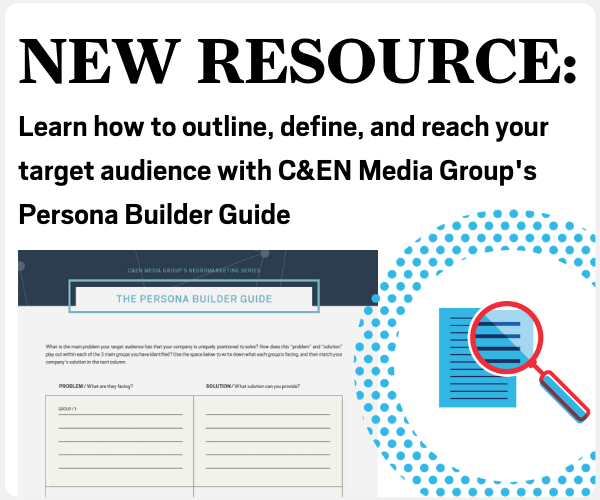When you pick up a magazine, do you go through it and painstakingly read every page, and every word – in order? Or do you flip through it until you find something that catches your eye?
There are undoubtedly people in the former category, but there are far, far more in the latter. And when people do wind up reading cover to cover, people often read a magazine out of order.
How does this effect print ads? Print advertising needs to “pop” to be effective. Drawing on advertising fundamentals, best practices in print, and data from eye-tracking studies, the advice outlined here explains how to create print advertisements that capture and hold your audience’s attention.
Print Advertising Design
In print advertising, your point needs to be made with a sledgehammer instead of a pipette.
You have approximately two seconds to catch your audience’s eye, so your design needs to be simple and bold, with a streamlined message that is memorable.
Step one of effectively placing print advertisements is getting into the correct publication.
It’s tempting to cram every feature and benefit of your product in the body copy, but that style of advertising is unlikely to be effective. Your audience is exposed to dozens of messages just in that publication –– not to mention other advertising we come across in everyday life.
If you want your ad to stand out from the pack, it doesn’t make sense to tell a fractured story. You can whisper about all your product’s features, or shout about the one that matters most. Focusing on one idea is absolutely crucial. In presenting that idea, look for creative that breaks the mold. No one wants to see another generic-looking scientist in a lab coat, or a beaker filled with questionably colored liquid.
Why? Creative that implies a deeper story can intrigue the viewer into reading. Creative that features beautiful art and color can jump off the page and steal attention. Create something that makes the reader want more.
Along with the creative, focus on your headline. Advertising legend David Ogilvy once commented that the headline was the most valuable component of an ad:
“On the average, five times as many people read the headline as read the body copy. When you have written your headline, you have spent eighty cents out of your dollar.”
Headlines that intrigue or clearly state the benefit to the reader will be more likely to attract wandering eyes. It’s worth testing several headlines in advance to determine the best performing option. Although digital testing (through email headlines or PPC ads, for example) may not perfectly translate to print, results from those tests can still inform your decisions when available. Also ask your publication about Readex studies, which is often provided free of charge when you book an ad in specific issues.
Insights from Eye-Tracking Research
Eye-tracking research measures the most important parts of an advertisement and determines which factors are most important for advertising recall.
Which elements attract the most attention? In general, the image and the headline draw the eye, although color contrast within an advertisement can be used to direct attention as well.
Images of people can attract attention and increase empathy, but they can also inadvertently become the focus of attention and distract from the intended message.
When crafting a print advertisement, it’s important to direct viewers to the elements that you deem most important.
If you are aiming to raise awareness for your brand, the company name or logo might be appropriate targets. A product launch, in contrast, might mean placing the focus on a product shot, or even trying to draw more readers to the body copy.
Either way, using visual contrast can help draw the eye. If you have models, remember that they are likely to attract attention, but that you can use this to your advantage. Adjusting their gaze so that it points at your ad’s most important element can help direct attention as well.
Effective Print Ad Placement
Step one of effectively placing print advertisements is getting into the correct publication. The location of the ad within a particular publication is much less important than that publication’s readership.
What’s the circulation? Who are the readers? What is the geographic reach? Does this match the audience you’re trying to reach? Don’t concern yourself with placement details until these questions have been answered.
While there are not always enormous differences in positioning within a publication, some placements do tend to perform better than others. Ads near the front of the publication are generally better remembered than those in the back, although there tends to be no difference between a right or left page position.
If you are looking for the most impactful placements, the back, first page, inside cover, and inside back cover are the best options––which is why they are often more expensive. Some publications will have more creative options available, including posters you can tear out of the magazine, cover tips, and more.
The placement begins to matter most when the placement itself plays a key role in the ad, as the best cover tips often do.
The First Two Seconds
Your advertisement has two seconds to grab attention. Ultimately, there will be some factors outside of your control, but you can control the quality of your creative and optimization of your copy.
Lessons from eye-tracking research and the advertising greats can help. As you continue to invest in print advertisements, make sure that you test and iterate on your ideas.
To quote Ogilvy again: “Never stop testing, and your advertising will never stop improving.”



















